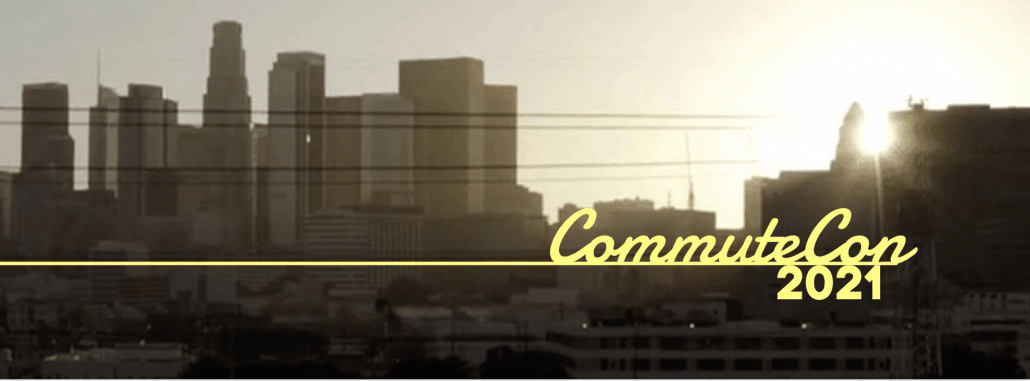How Business Is Leading the Charge to Make Commuting More Sustainable
Meeting the important Sustainable Development Goals set out by the United Nations and other commitments will require major global social and economic transformations across sectors. Yet, warnings about the stakes we face as a species have never been more dire. The World Business Council for Sustainable Development (WBCSD) brings together the chief executive officers (CEOs) of more than 200 leading global companies to leverage their influence toward accelerating progress toward sustainable life on our planet. Participating partners represent a wide variety of sectors, and have combined revenues of more than $8.5 trillion. Among other programs, the WBCSD leads an innovative and comprehensive Commuter Behavior Change project. It is designed to reduce the socioenvironmental impact of commuting and prompt increased migration to sustainable commuting modes.
RideAmigos participates as a member in the WBCSD’s Commuter Behavior Change project and other mobility initiatives, which are making a compelling business case for promoting behavior change. The organization also maintains a comprehensive database of “use cases” that document the strategic impact of established approaches to commuter engagement.
Here’s a breakdown of the project, its areas of focus, and our involvement.
WBCSD Commuter Behavior Change: Project Overview
The Commuter Behavior Change project seeks to address the unacceptable levels of greenhouse gas (GHG) emissions that result from transportation use. To this end, the WBCSD cites several key statistics:
- 24% of global GHG emissions are caused by transport
- More than half of those emissions are connected to the transportation of people
- More than 40% of the world’s workforce describes their commute as the worst part of their day
Addressing these issues on the demand side by shifting commuters toward sustainable transportation alternatives holds the potential to meaningfully address all three of these issues. The organization stresses that employers occupy a very important position in the ongoing push to reduce transportation-related GHG emissions.
As such, the project focuses on studying and promoting effective strategies businesses can use to encourage their people teams to choose sustainable modes that will also improve their work-life balance and satisfaction.
The business case for Commuter Behavior Change
The Commuter Behavior Change project stresses that businesses stand to benefit from a mass shift to more sustainable transportation modes. It cites multiple specific advantages enterprises can earn through innovative approaches to managing their commuter needs:
- Strong commuter supports make companies more appealing, boosting their efforts to attract and retain the best available employment talent
- Resilient approaches to commuter management improve business productivity and efficiency
- The increased use of sustainable commuter modes is linked with positive health benefits, improving employee well-being and reducing costs related to absenteeism and healthcare benefits
Commuter engagement strategy and behavior change
The project’s use case database tracks more than 15 specific strategies used to promote mode shift and behavior change among commuters. Each strategy that appears in the database is accompanied by a summary of its associated benefits, potential challenges and ways to address them, and suggestions on statistical metrics that can track progress after adoption.
WBCSD advocates for several familiar and well-established engagement strategies, including:
- Gamification
- Guaranteed ride home programs
- Flexible parking management
- Mobility surveying
- Carpooling and ridesharing
It also details several emerging and technical approaches to commuter management, such as:
- Personalized commute support
- Commute reduction and elimination
- Mobility-as-a-Service (MaaS)
- Company bikesharing programs
- Integrated sustainability policy
Among other strategies, the WBCSD use case database also offers insights on campaign and transparency measures, micromobility, electric vehicle infrastructure, and budgeting. These digital resources combine to create a comprehensive information repository that businesses and organizations can draw on to create, develop, and expand their own internal commuter management initiatives.
Our work with WBCSD
RideAmigos joined the over 200 member companies in the WBCSD in 2021 to participate in the project to transform mobility, beginning with building a business case and contributing to best practices for corporate commute management as well as a forthcoming framework for sustainable corporate mobility policies.
Of our participation, Thomas Deloison, director of mobility at the WBCSD, said, “RideAmigos’ unique expertise in behavioral science and solutions to help shift commuting habits will be an important contribution to WBCSD’s work on accelerating the transformation toward sustainable urban mobility. We’re excited to collaborate with RideAmigos and bring their knowledge to companies and cities alike.”
To learn more about RideAmigos insights and solutions for implementing or transforming your own commute program, please contact us to talk to an expert.






